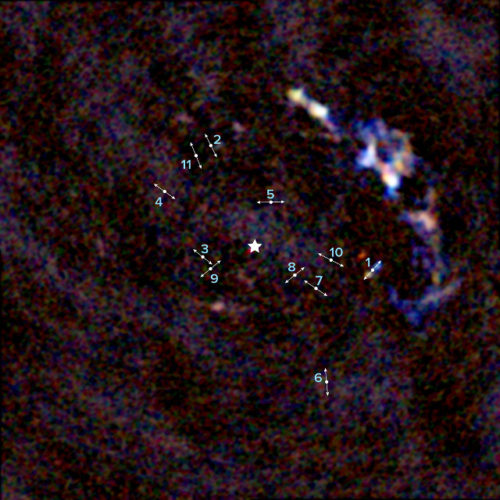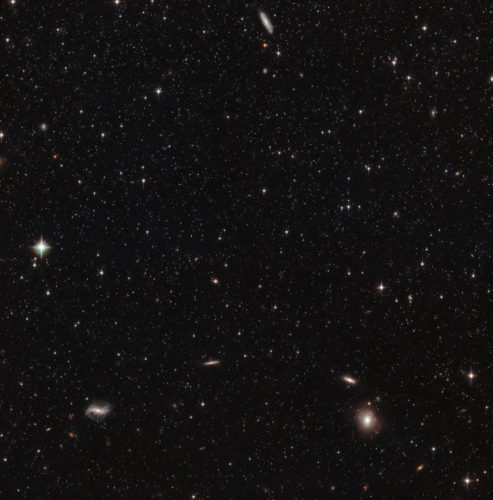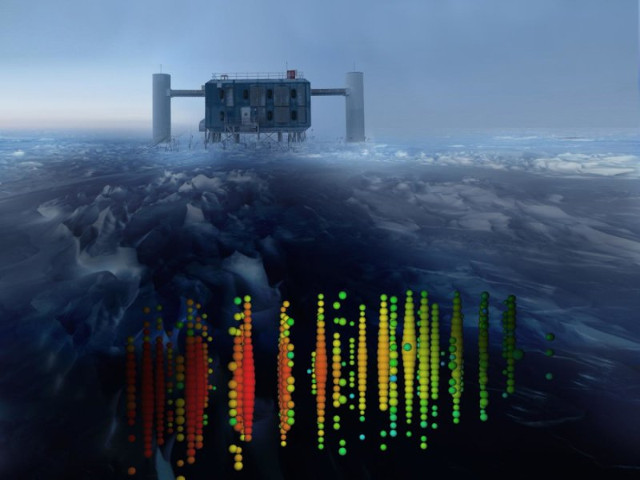
Protostars discovered near the supermassive black hole at the center of the Milky Way
An article published in the “Astrophysical Journal Letters” describes the discovery of protostars near the center of the Milky Way, near the supermassive black hole known as Sagittarius A* (or Sgr A*). A team of astronomers made this discovery using the ALMA radio telescope, a surprising result because the conditions in that area were considered too hostile due to the gravitational tides caused by Sgr A* and the intense electromagnetic emissions from the heated gas and dust ring around it.





